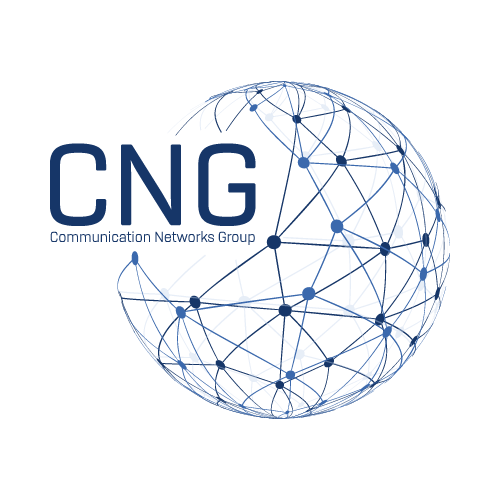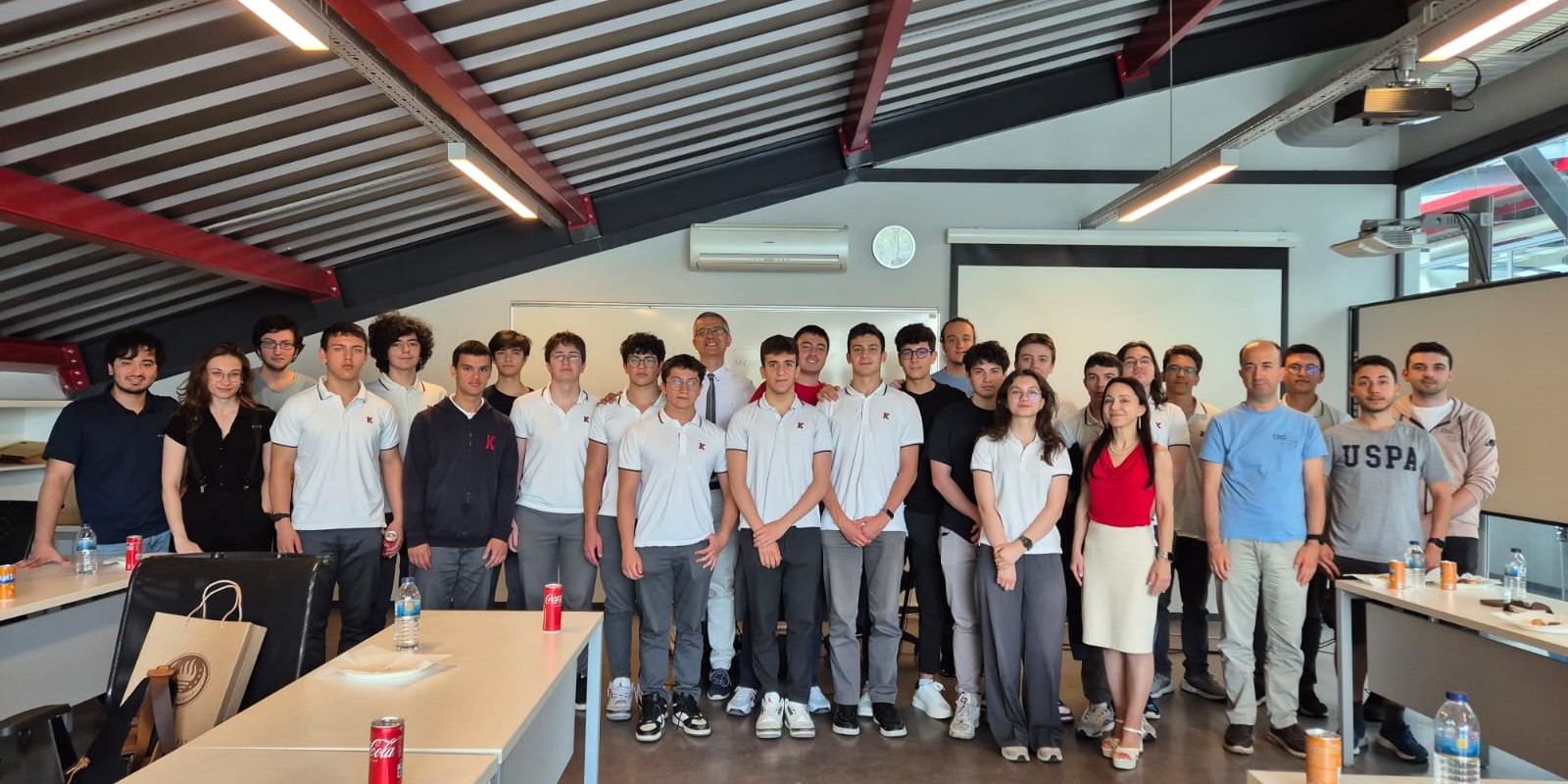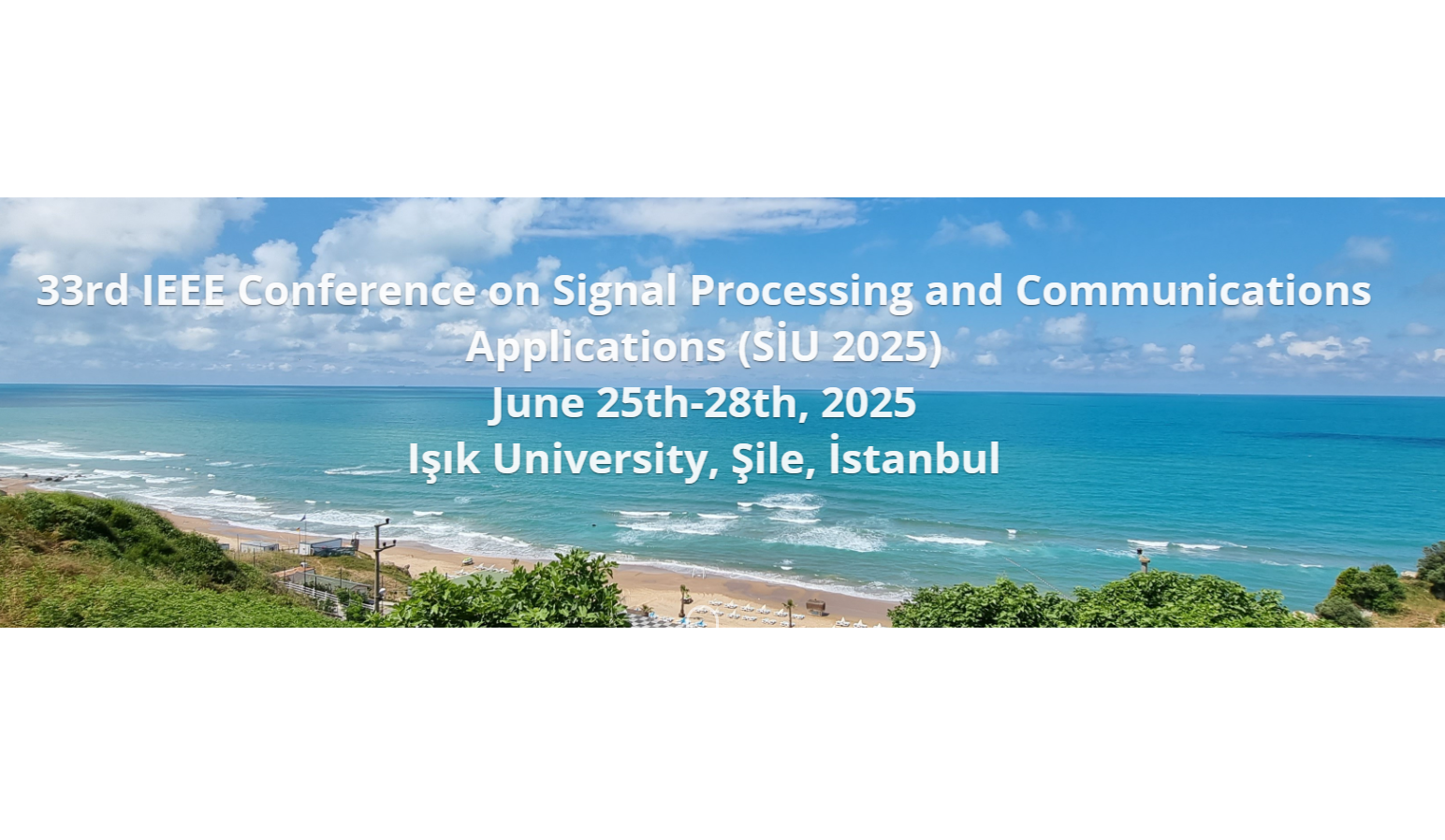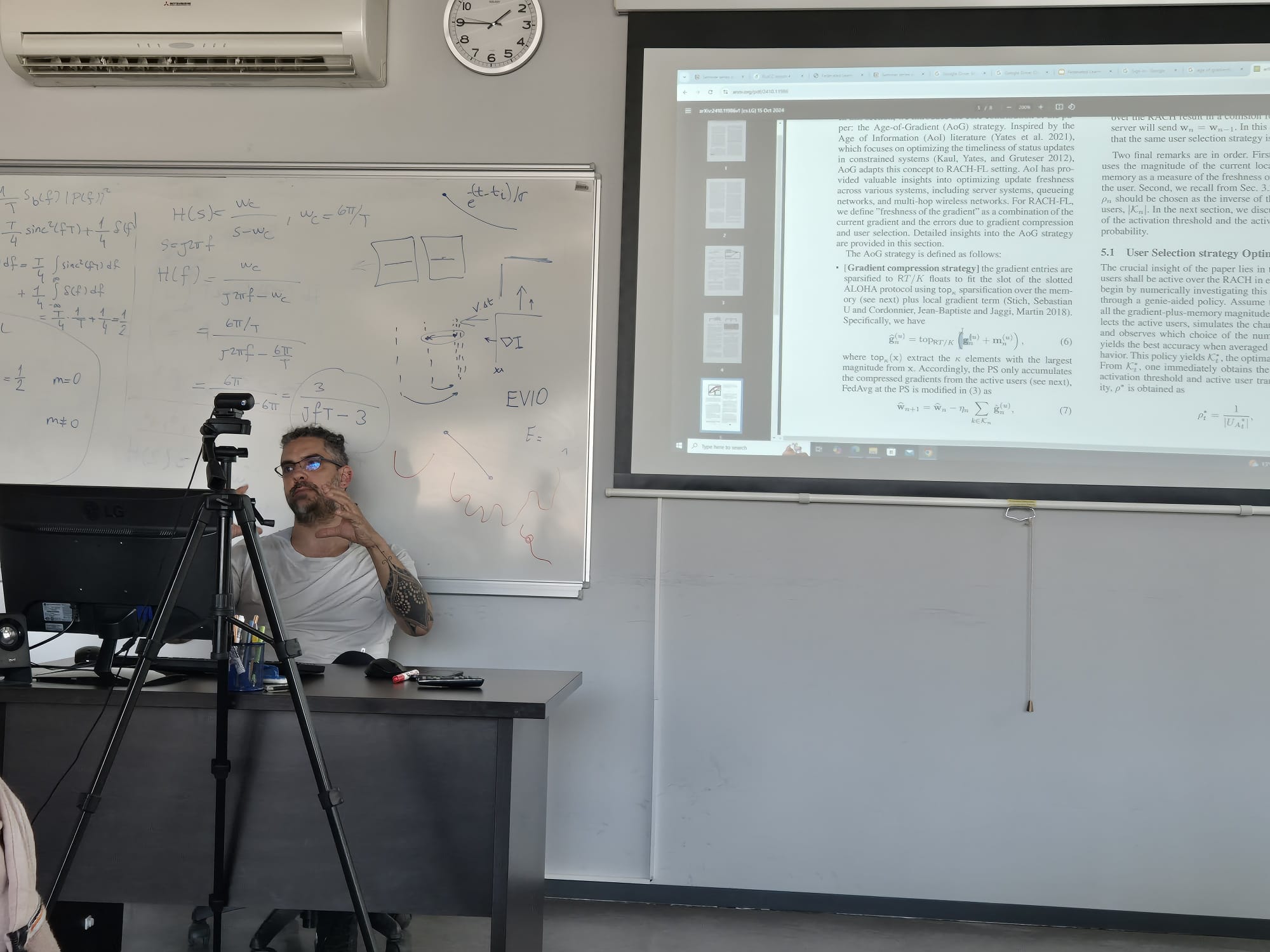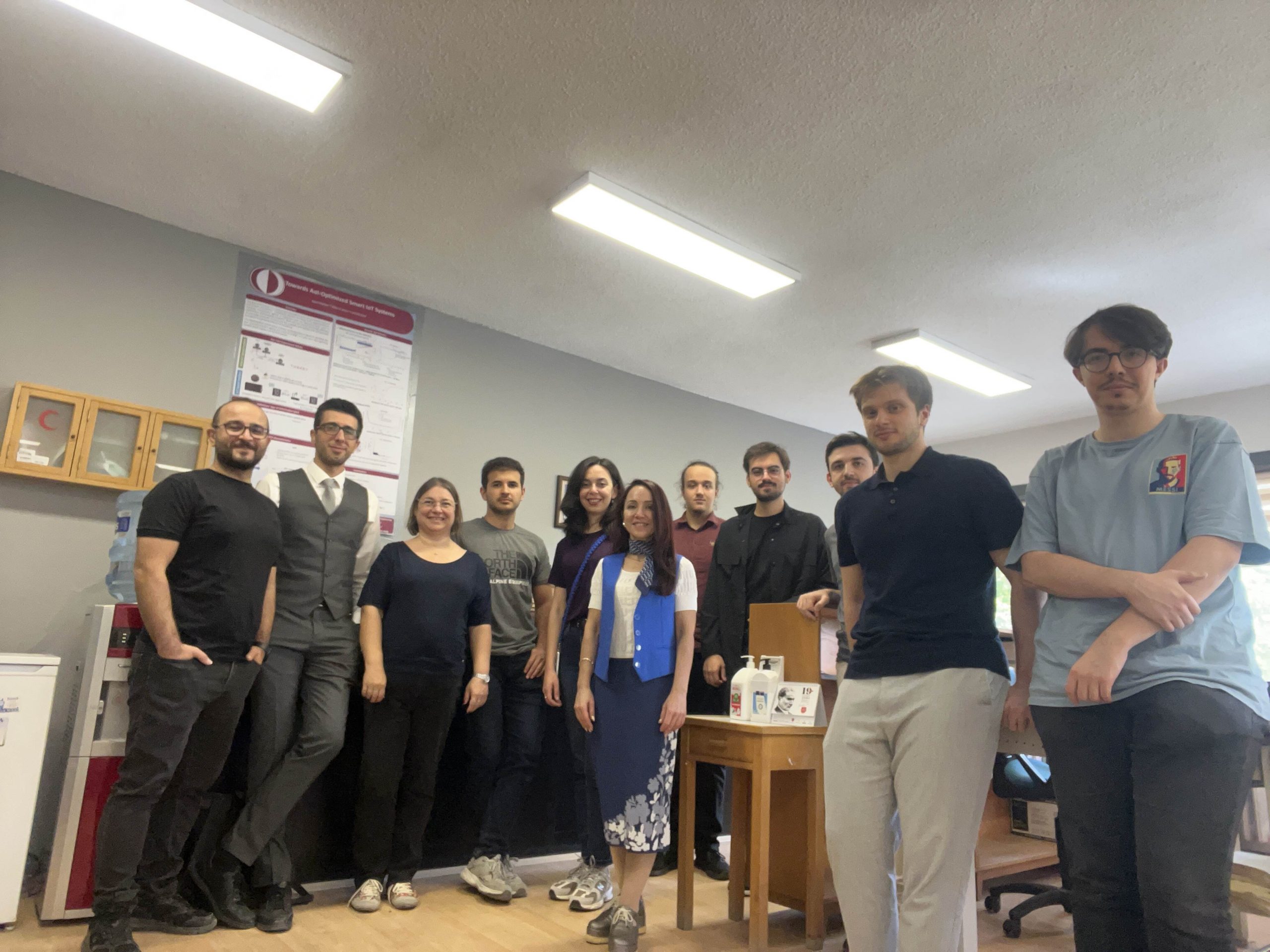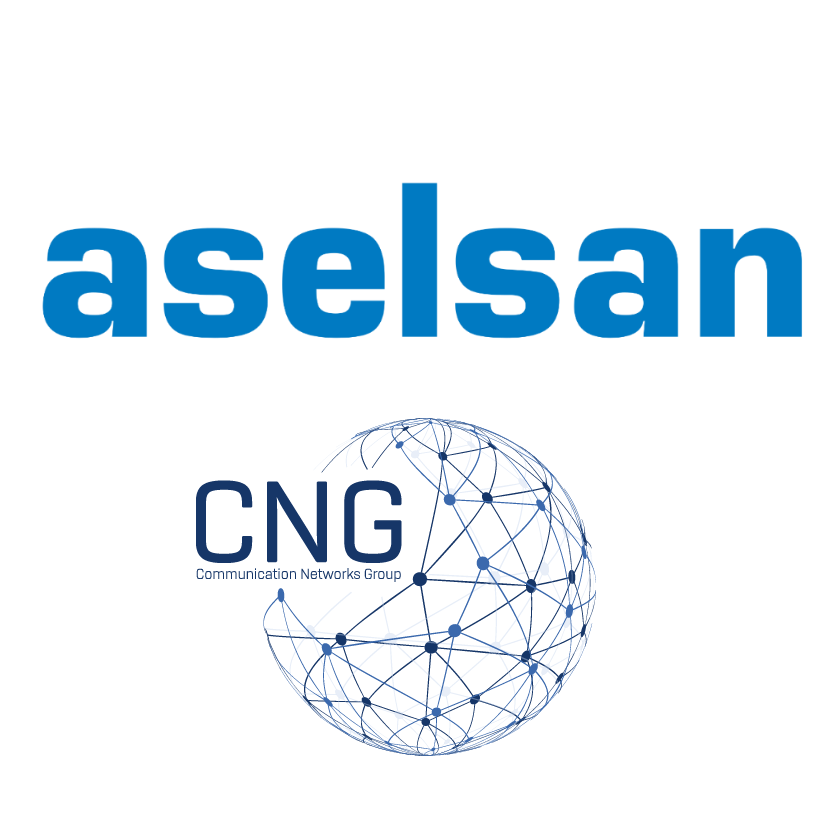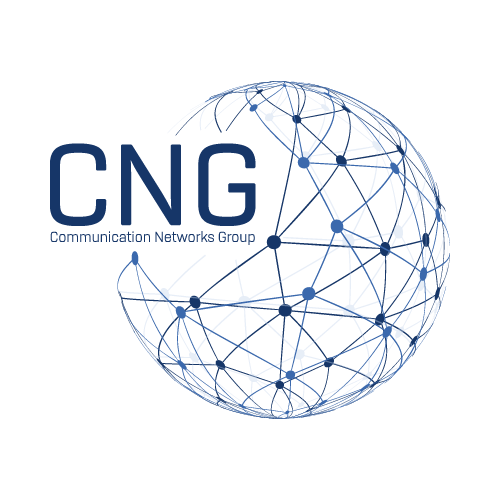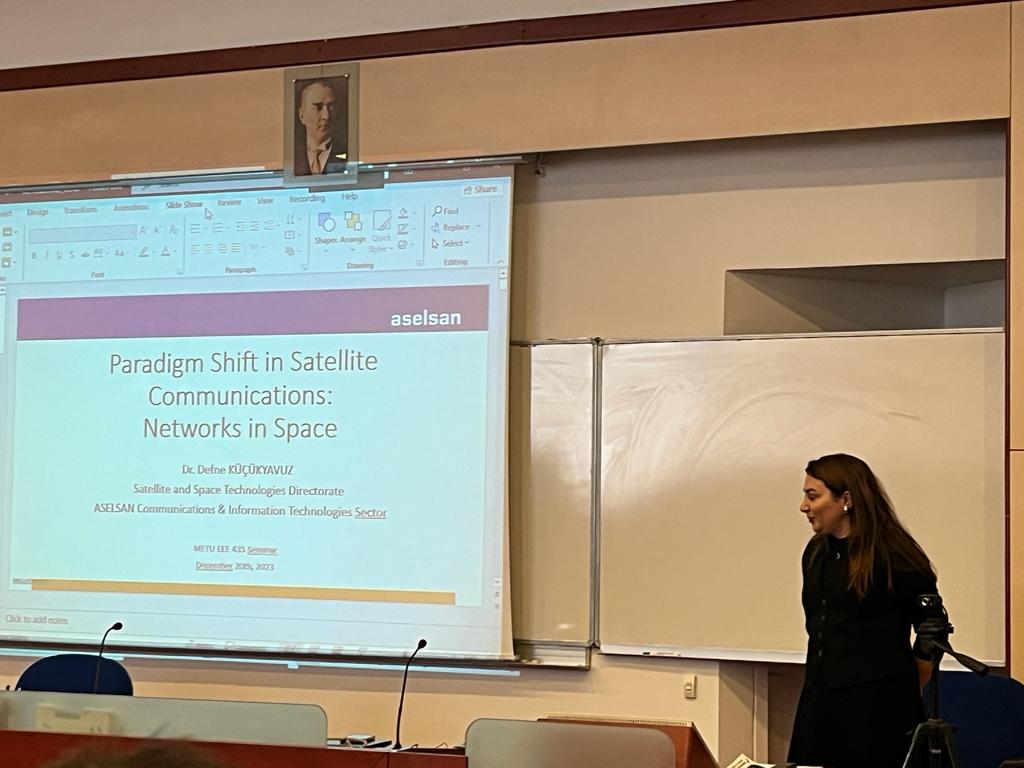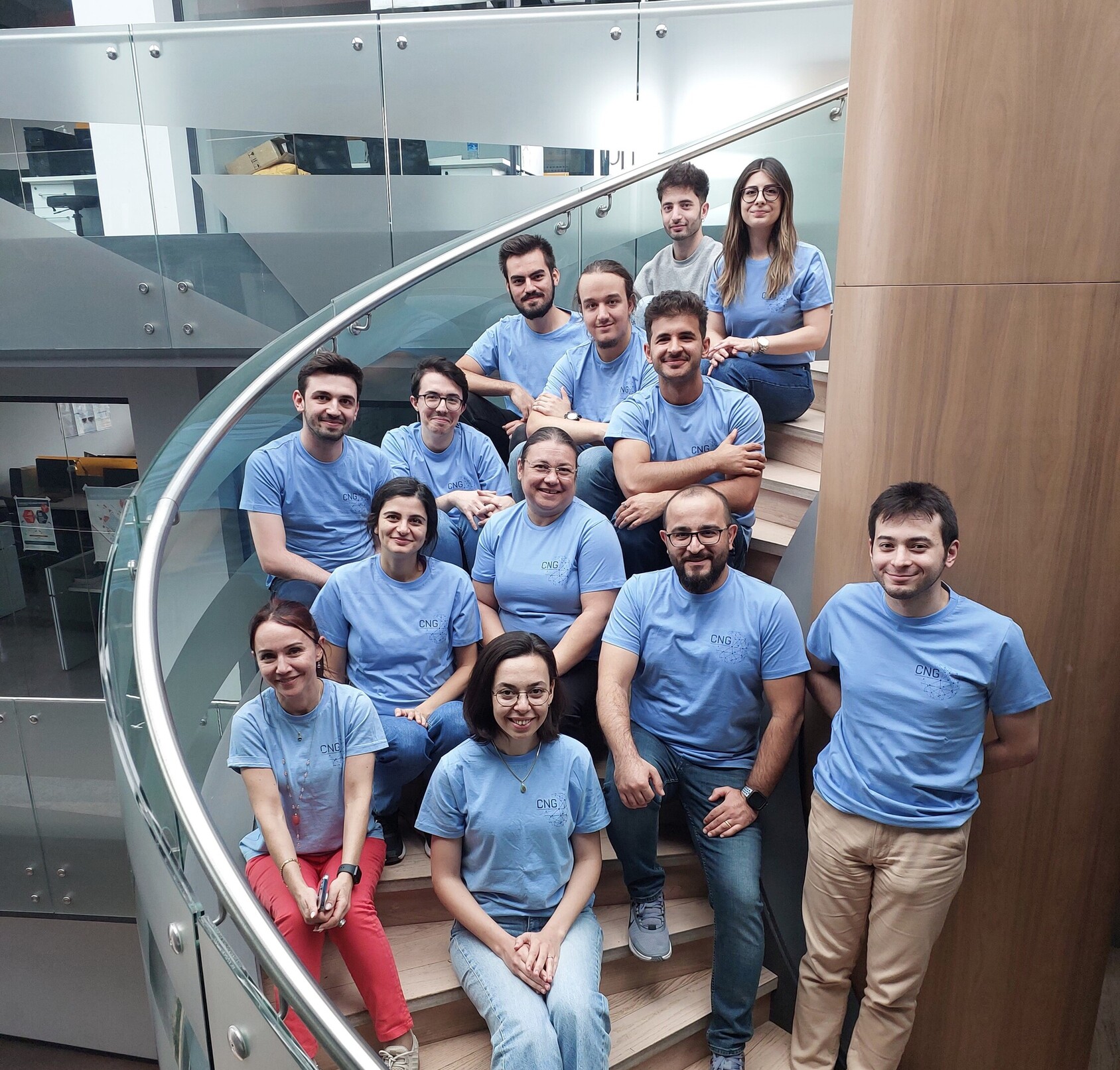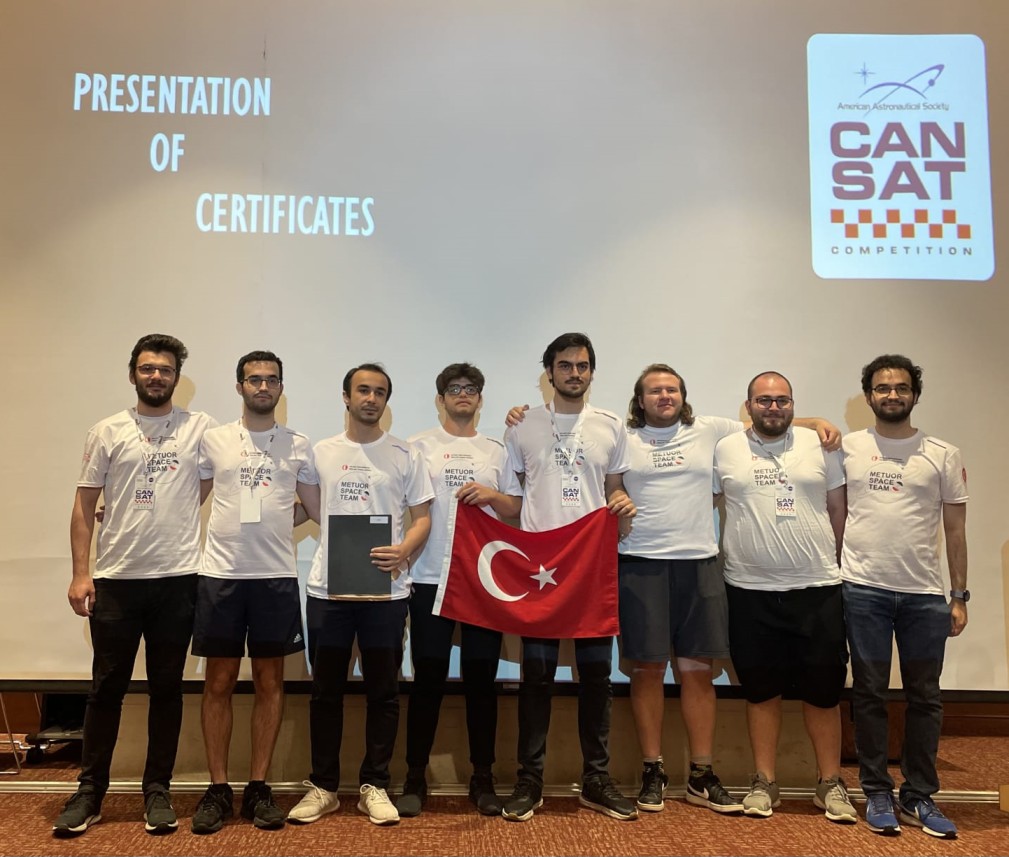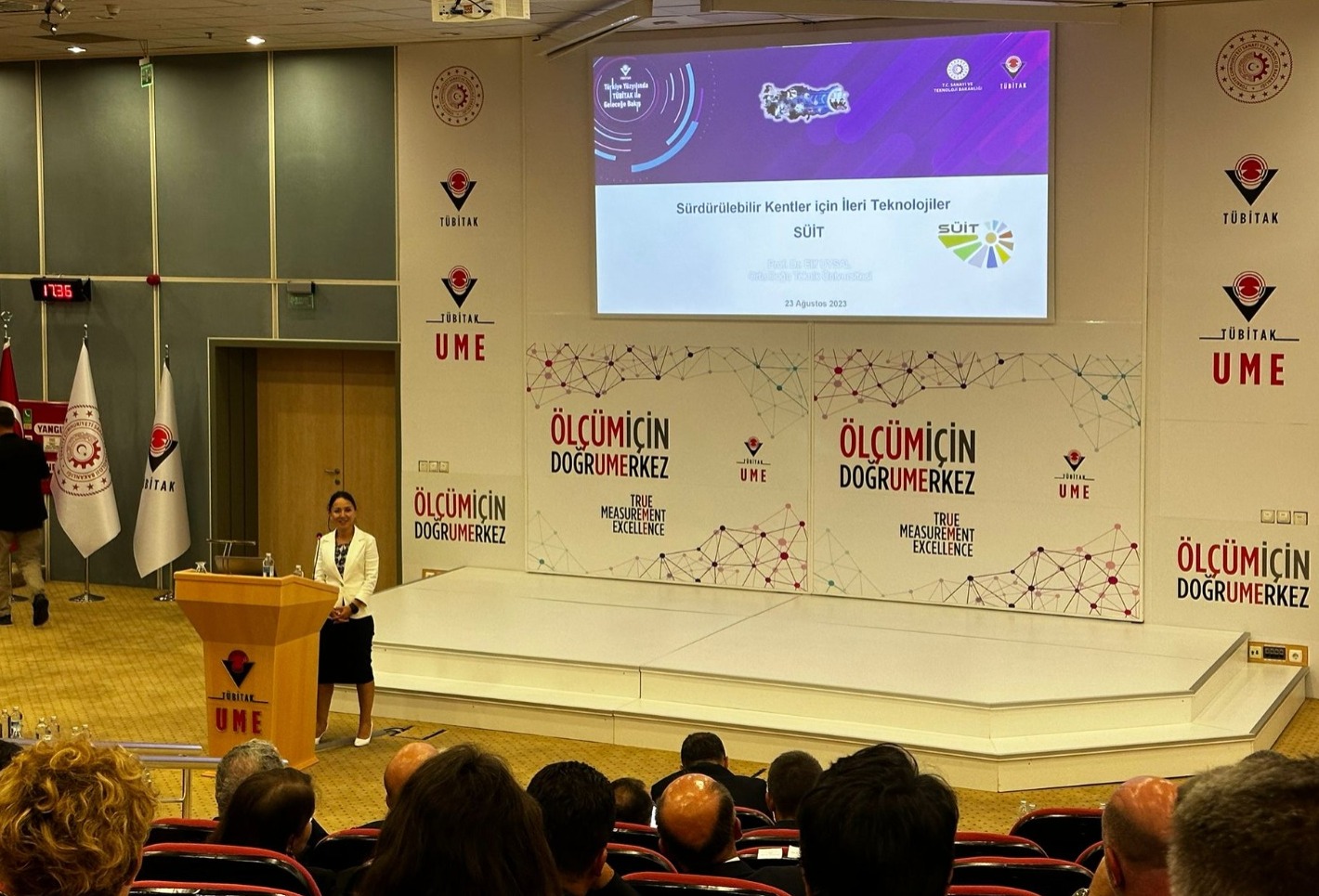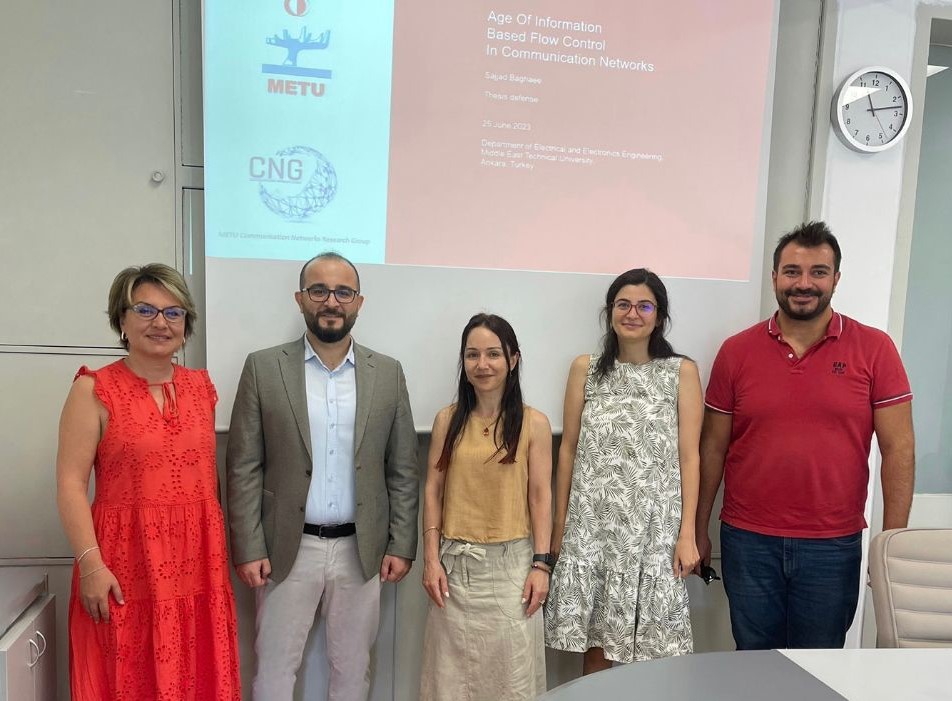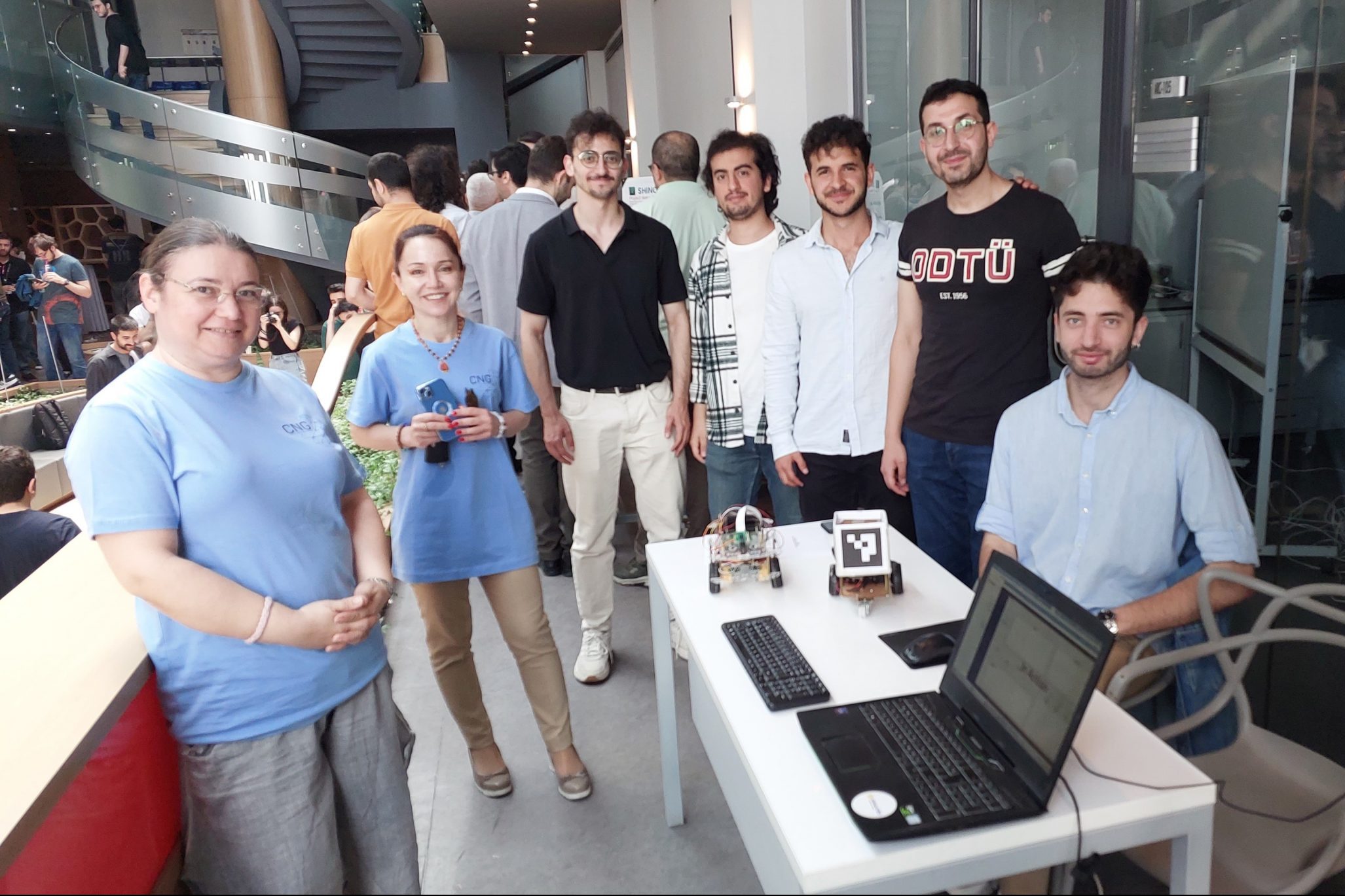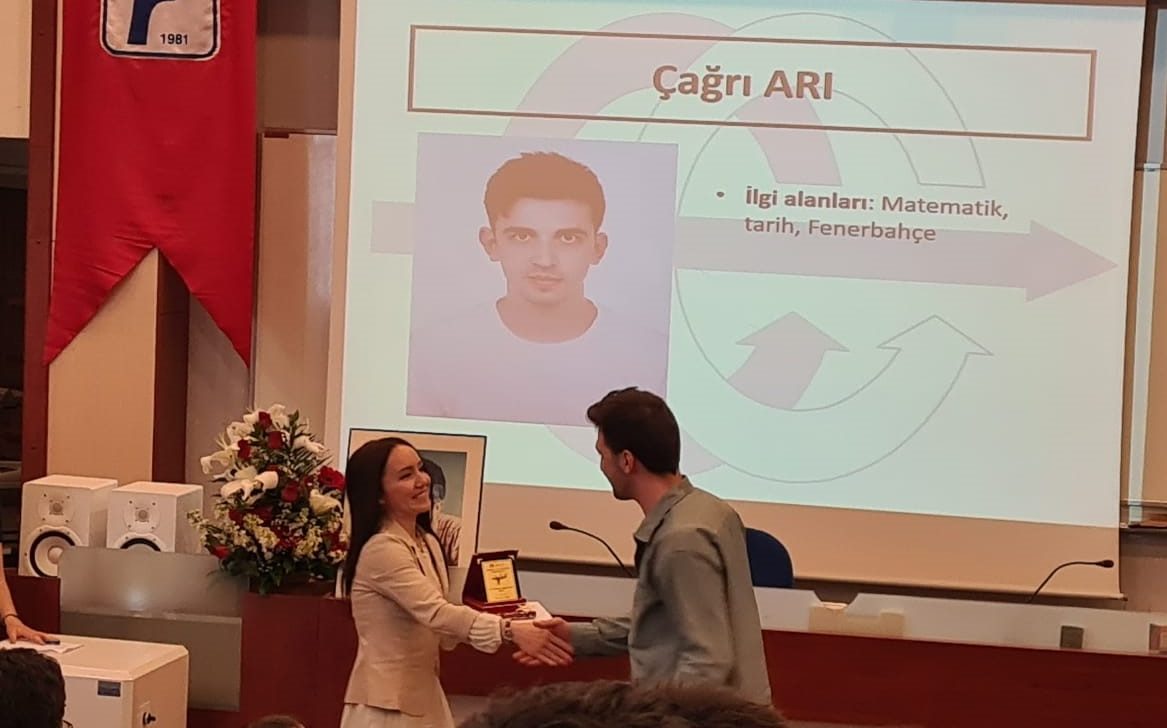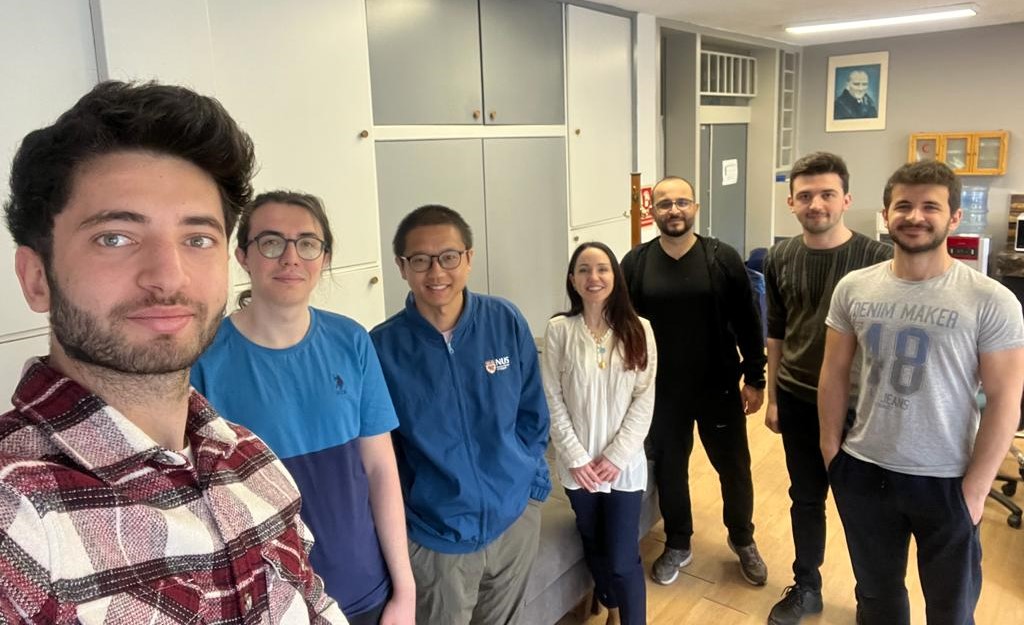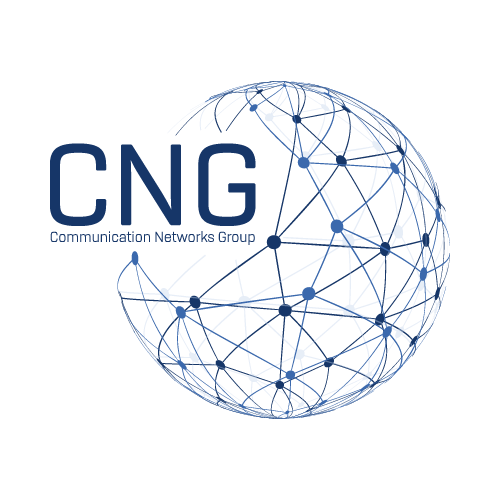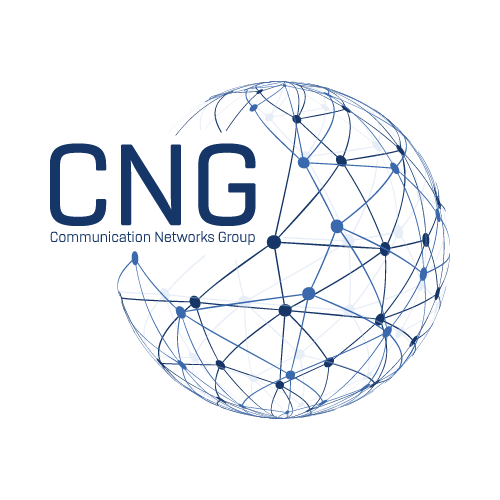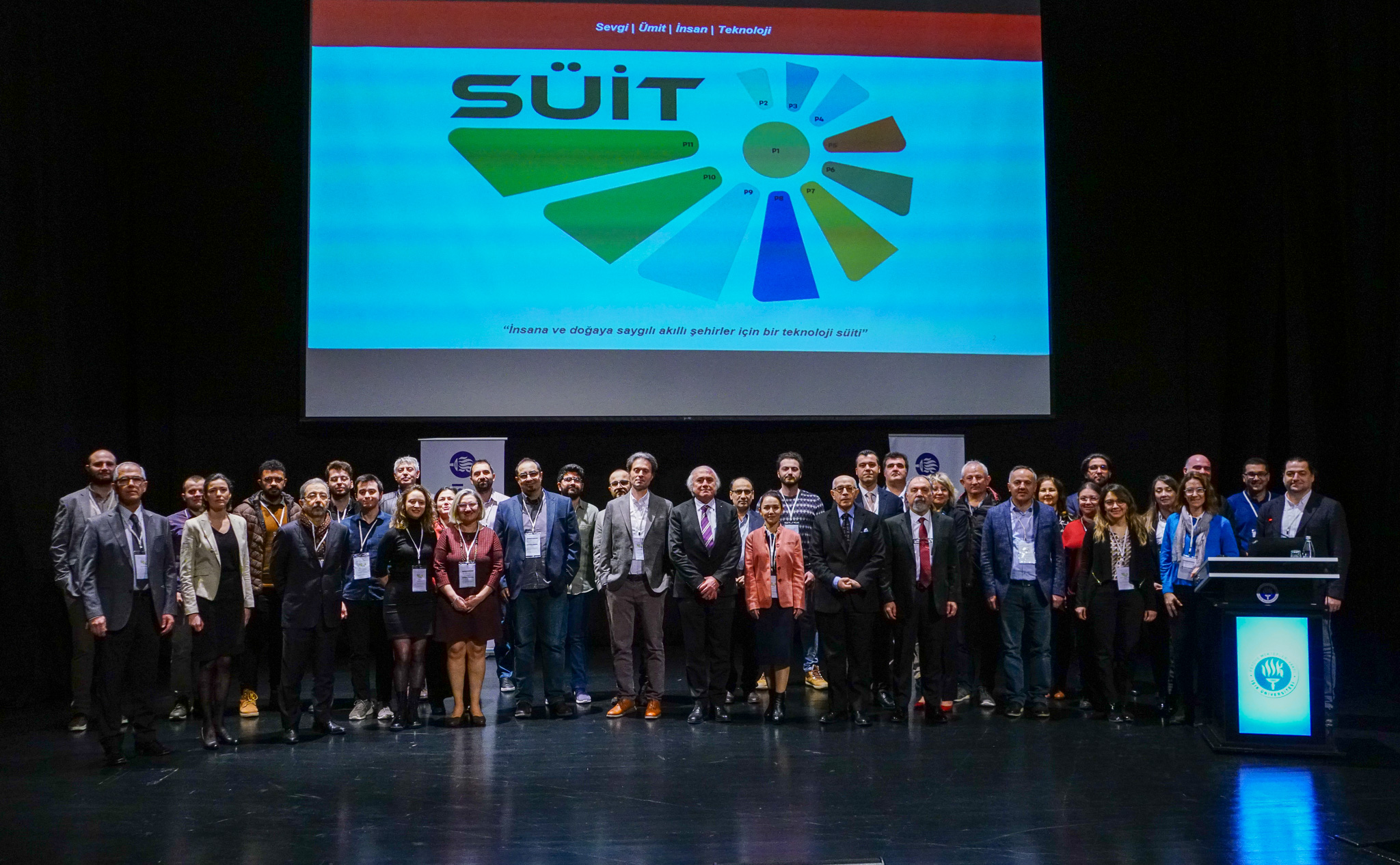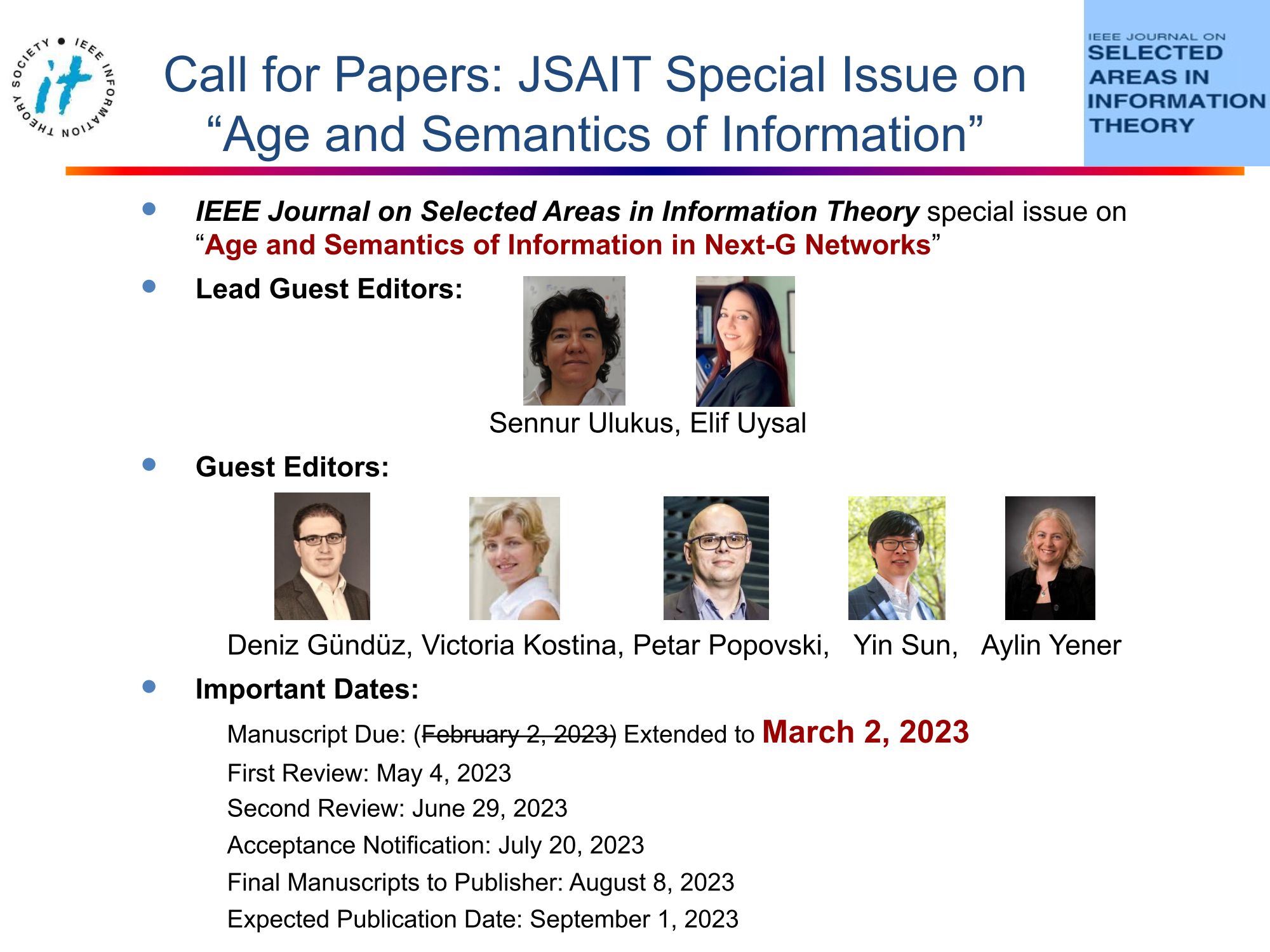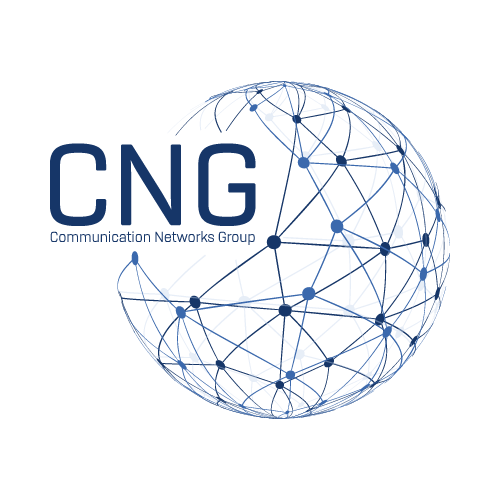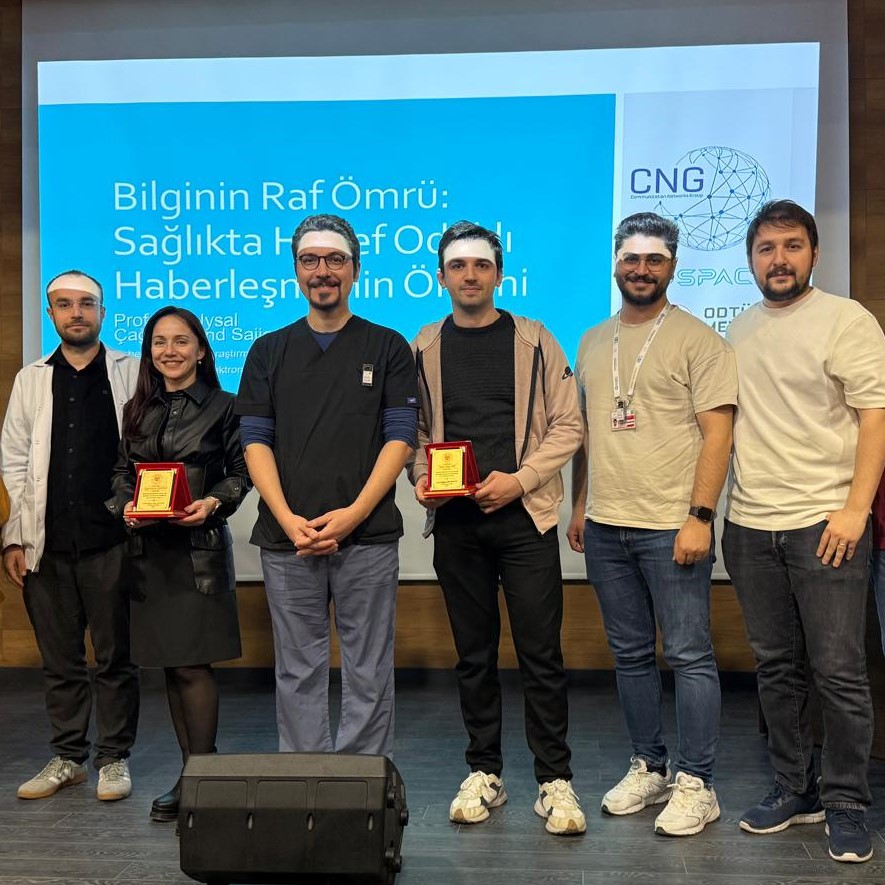About us
Activities of our research group are at the intersection of networking and communication theories, producing theoretical results, algorithms, and prototype demonstrations aimed at enhancing the flow of useful information across future networks. Our vision centers on redesigning communication networks based on goal-oriented communication, a key factor for enabling scalability in 6G and beyond.
A pioneering conventional performance metric that led the way to goal-oriented communication is the Age of Information (AoI). Over recent years, our group has made significant contributions to various aspects of AoI research, including age-optimal link layer scheduling, physical layer design, transport mechanisms, multiple access, and, more recently, caching and random access. Notably, in 2015, we introduced the original formulation of age-optimal transmission under energy harvesting constraints, followed by the first analysis of age-optimal channel coding and real-life network AoI measurements in 2018.
Currently, our research focuses on several key areas:
1-) Goal-Oriented Communication: We strive to develop new goal-oriented performance metrics that focus not on the perfect reconstruction of transmitted data but on the fulfillment of the goal on the receiver side. We believe that the networking algorithms making use of such new metrics will enable goal-oriented massive networks and solve the scalability problem. We have a particular interest in optimizing the performance of intelligent applications run through neural networks, e.g., remote inference.
2-) Non-Terrestrial Networks: This emerging field integrates satellite and aerial communication systems with terrestrial networks to improve connectivity and efficiency. Our work includes developing methods to optimize relay scheduling in multi-user environments, innovating techniques to reduce handovers and enhance stability in high-altitude platform networks, designing dynamic handover thresholds for seamless connectivity, and implementing orbit-aware solutions to optimize network resources for IoT devices.
3-) 6G and Beyond: We are actively involved in researching and developing technologies for the next generation of wireless networks.
4-) Low-Power Wide-Area Networks (LP-WAN): The proliferation of IoT devices has increased the importance of timely information delivery in network performance. Our group has developed several ALOHA variants to improve information freshness in random access channels with numerous devices, including Threshold ALOHA, Mini Slotted Threshold ALOHA (MiSTA), and Multiple Mini Slotted Threshold ALOHA (MuMiSTA). Currently, we have been paying attention to developing goal-oriented random-access techniques. This concept will enable random-access-based massive IoT networks that prioritize application performance rather than freshness.
This summary reflects our ongoing commitment to advancing the field of communication networks through innovative research and development.
Do not forget to check out:

